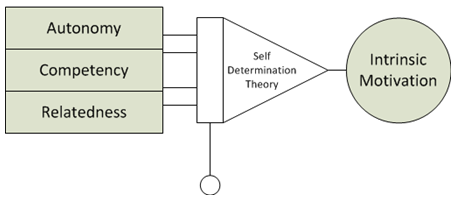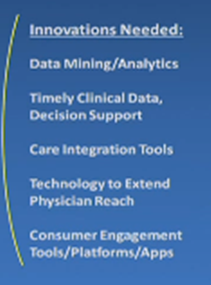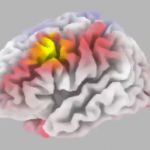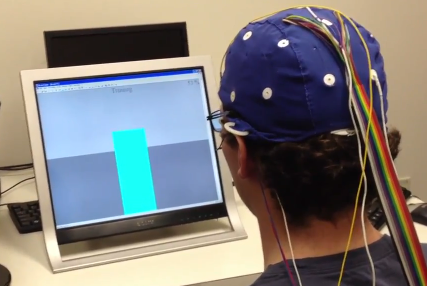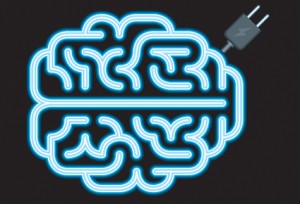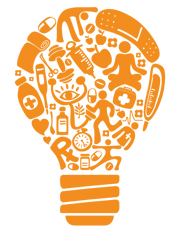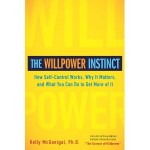When Do Health Behavior Changes Stick?
Sunday, September 23rd, 2012A recent paper on Self Determination Theory Applied to Health Contexts: A Meta-Analysis, claims that health behaviors will change when people feel autonomous, capable and cared for. More specifically, I am most likely to change when I:
- Believe it is my conscious choice or under the control of my will
- Have or can acquire the skills needed to make the change
- Feel a sense of relatedness or understood and cared for.
These conditions create or correspond to intrinsic motivation for the change.
The paper emphasizes that health behavior change lasts when the program designed to bring it about meets the autonomy or volitional needs of participants. That means understanding and respecting a person’s interests, values and choices in the change process. It also means fostering their independence rather than dependence on an externally controlled change process. This maximizes the chance that new routines will be deeply internalized and therefore last.
As cognitive designers know, meeting the volitional or autonomy requirement is hard because many will feel helpless or overwhelmed. Further, many will have made choices or hold values that undermine the new health behaviors. For example, I chose to smoke or be inactive. How can you respect that and help me stop smoking or starting moving more? Resolving these conflicts takes time and considerable experimentation.
The best programs will be patient and offer a caring approach to learning from experience. They will transform initially external motivators into intrinsic motivations.
The key is to provide authentic emotional support and global change control while leaving more specific choices up to the individual. For example, the global goal may be to reduce calories using portion control but it is up to the individual to decide and experiment with ways to achieve that in their daily activities.
Health behaviors stick when I learn the new routines needed to support through volitional actions.
